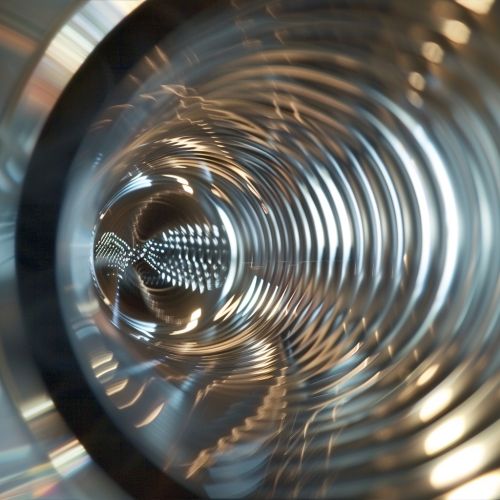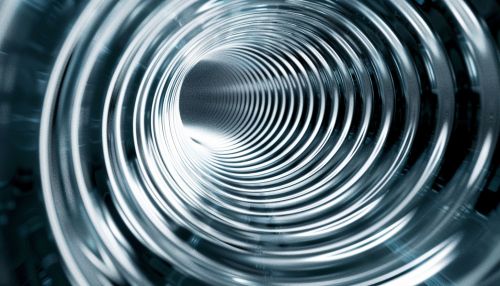Abrikosov vortex
Introduction
An Abrikosov vortex, named after the Soviet physicist Alexei Abrikosov, is a particular kind of magnetic vortex that can form in certain types of superconductors. These vortices are characterized by a core, where the superconducting order parameter is suppressed, surrounded by circulating supercurrents. The discovery of Abrikosov vortices was a major breakthrough in the field of superconductivity, and it led to Abrikosov being awarded the Nobel Prize in Physics in 2003.


Formation of Abrikosov Vortices
Abrikosov vortices form in Type-II superconductors when the applied magnetic field is greater than the lower critical field (Hc1) but less than the upper critical field (Hc2). This is in contrast to Type-I superconductors, which do not allow for the penetration of magnetic fields and thus do not form vortices. The vortex lattice that forms in Type-II superconductors is a direct result of the Ginzburg-Landau theory, which describes the behavior of superconductors in the presence of a magnetic field.
Structure and Properties
The structure of an Abrikosov vortex is characterized by a core, where the superconducting order parameter is suppressed, surrounded by circulating supercurrents. The size of the core is on the order of the coherence length of the superconductor, which is a measure of the size of the cooper pairs that form the superconducting state. The supercurrents circulate around the core in a direction determined by the right-hand rule in relation to the applied magnetic field.
Experimental Observation
Abrikosov vortices can be observed experimentally using a variety of techniques, including scanning tunneling microscopy (STM), magnetic force microscopy (MFM), and small angle neutron scattering (SANS). These techniques allow for the direct imaging of the vortex lattice and provide information about the size and structure of the vortices.
Applications
Abrikosov vortices have a number of practical applications, particularly in the field of quantum computing. The vortices can be used to create qubits, the basic units of information in a quantum computer. Additionally, the movement of vortices in a superconductor can lead to resistivity, which has implications for the design of superconducting devices.
